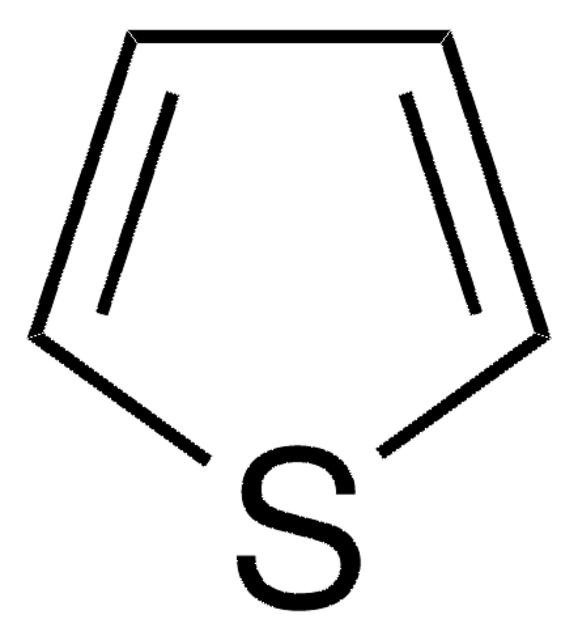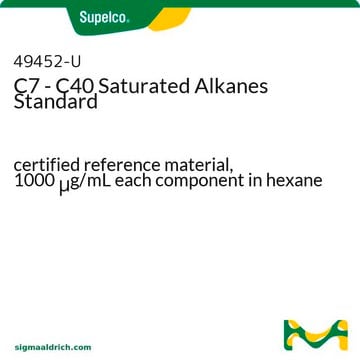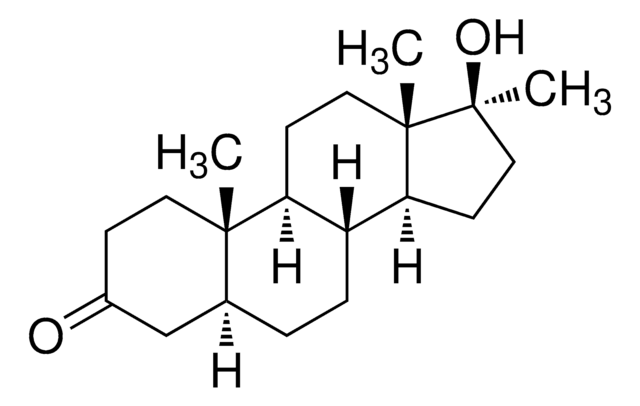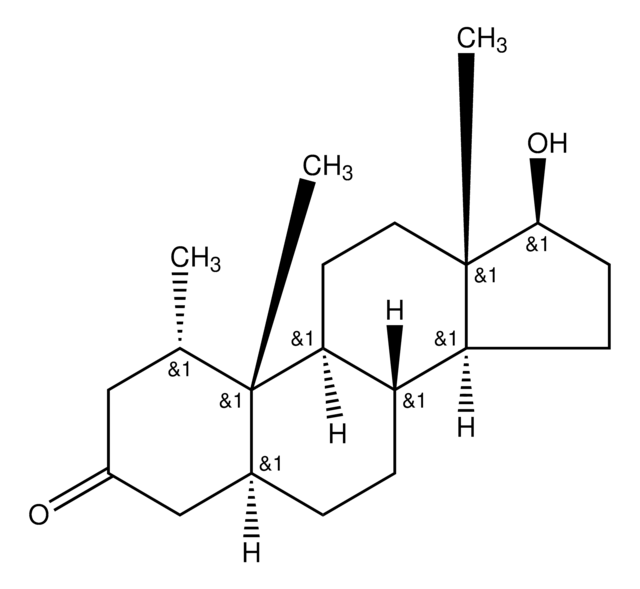07689
O′Meara′s Reagent
suitable for microbiology
Synonym(s):
Voges-Proskauer test with O’Meara Reagent
About This Item
Recommended Products
product line
BioChemika
Quality Level
shelf life
limited shelf life, expiry date on the label
composition
creatine, 0.3 g
dist. water, 100 mL
potassium hydroxide, 40 g
packaging
pkg of 100 mL
storage condition
(Tightly closed. Dry.)
technique(s)
microbe id | metabolite detection: suitable
application(s)
environmental
food and beverages
microbiology
suitability
Enterobacter spp.
Klebsiella spp.
Neisseria spp.
Pseudomonas spp.
1 of 4
This Item | 46923 | M5626 | M7655 |
|---|---|---|---|
| format neat | format neat | format neat | format neat |
| Quality Level 200 | Quality Level 100 | Quality Level 200 | Quality Level 200 |
| grade analytical standard, for drug analysis | grade analytical standard | grade analytical standard | grade analytical standard |
| assay ≥93% | assay - | assay - | assay - |
| storage temp. 2-8°C | storage temp. - | storage temp. - | storage temp. - |
General description
Application
Analysis Note
Signal Word
Danger
Hazard Statements
Precautionary Statements
Hazard Classifications
Acute Tox. 4 Oral - Eye Dam. 1 - Met. Corr. 1 - Skin Corr. 1A
Storage Class Code
8B - Non-combustible corrosive hazardous materials
WGK
WGK 2
Flash Point(F)
Not applicable
Flash Point(C)
Not applicable
Personal Protective Equipment
Choose from one of the most recent versions:
Already Own This Product?
Find documentation for the products that you have recently purchased in the Document Library.
Articles
There are many other methods of detection to indicate the presence of E. coli. Review common tests and biochemical reactions for this contaminant.
For microbiologists the most fundamental stain was developed in 1884 by the Danish bacteriologist Hans Christian Gram.
Our team of scientists has experience in all areas of research including Life Science, Material Science, Chemical Synthesis, Chromatography, Analytical and many others.
Contact Technical Service











